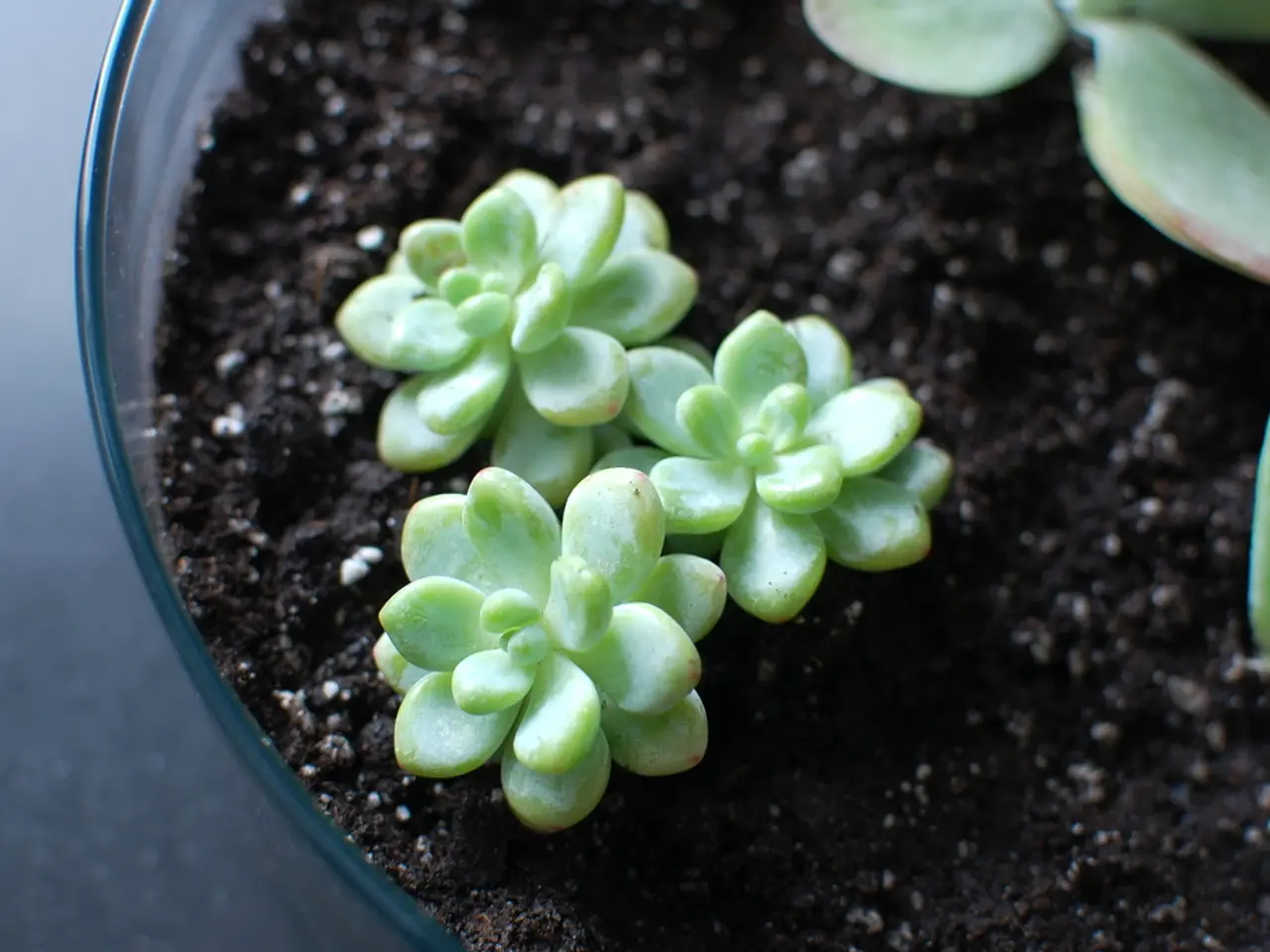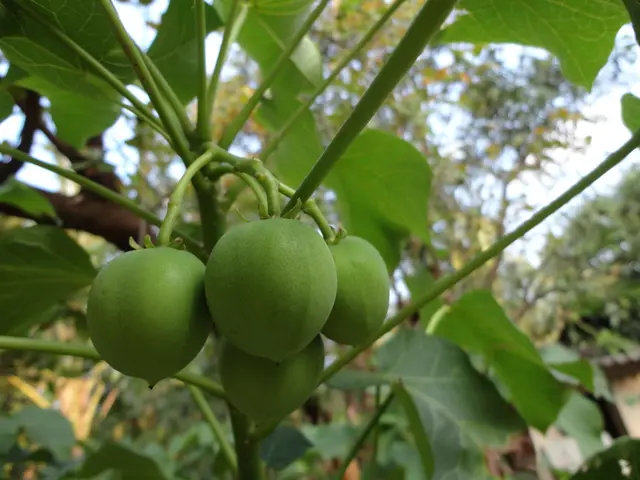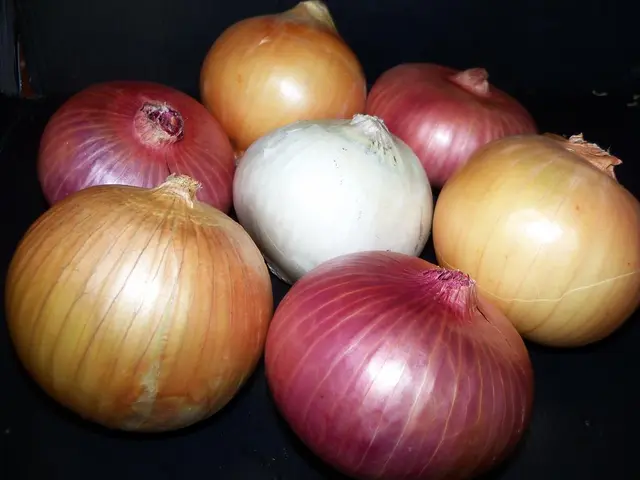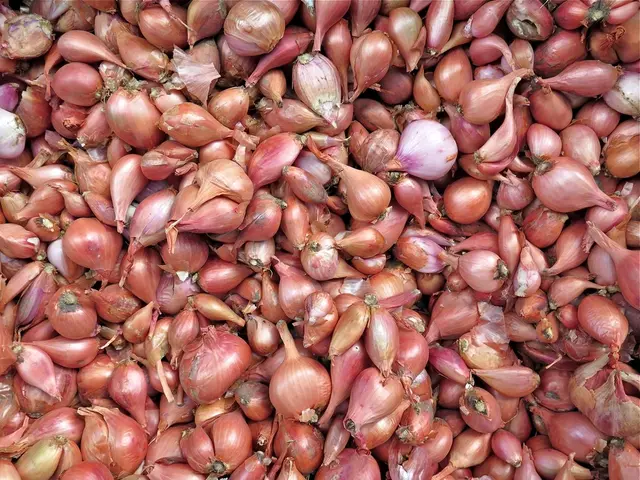DIY Guide for Crafting an NFT Hydroponic System
Grow your own food year-round with this easy-to-create, inexpensive Indoor Hydroponics system
For years, we've been successfully cultivating our favorite edibles using the Easy DIY NFT Downspout Hydroponic System. This tutorial shows you how to set up a simple and efficient Nutrient Film Technique (NFT) Downspout Hydroponics system, ideal for growing food right at home.
Dive into different types of hydroponic systems: Water Culture, Ebb and Flow (Flood & Drain), Drip (recovery or non-recovery), NFT (Nutrient Film Technique), and Aeroponic. After experimenting with diverse setups, our preferred method for residential growing is NFT.
Hydroponics allows you to achieve year-round growth, even in colder climates, offering a clean and efficient method of cultivating plants indoors. This technique involves growing plants in a nutrient-rich water solution rather than using soil. The root system is supported by an inert medium, such as vermiculite, Rockwool, peat moss, or clay pellets.
With a refined NFT system, plants can mature up to 25% faster and yield up to 30% more by consuming less water compared to soil-grown alternatives[1].
What is NFT Downspout Hydroponics?
NFT Downspout Hydroponics relies on the Nutrient Film Technique, featuring a continuous flow of nutrient-enriched water through a vinyl downspout, over the exposed roots, and back to the reservoir[2]. Using a simple timer, this water flow can be adjusted, allowing extra oxygen to reach the roots during the non-flow cycles[1].
The downspout PVC pipe can be customized to your preferences, with differing lengths and multiple levels, as long as water continues to flow through it.[1][3]
Materials for the NFT Setup
Essential ingredients for building this system include:
- White Vinyl downspout
- Amerimax White Vinyl A-Elbow
- Amerimax Downspout Flex Elbow
- Submersible fountain/pond pump (200-300 gallons per hour)
- 1/2 Barbed elbow fitting
- Roll 1/2" tubing
- U-hooks (4-pack)
- Electric drill with a 2" hole saw
- 2" round net pots
- Clean plastic tote bin with a lid (25-30 gallons size)
- Zip ties
- Submersible pump
- Air stone or timer[6]
Building an NFT Downspout Hydroponics System
Adapting the system to fit your unique environment is crucial. In our instance, we have a 22-foot wide window area, so we arranged the downspout along the south-facing windows, enabling growth without additional lighting[3]. However, this setup can be easily modified for any window or growing situation with or without grow lights. [5]
Planting | Read more about planting a hydroponic garden here
When drilling holes for the net pots, ensure a slight angle downward for water to flow smoothly[1]. Use a 2" hole saw with your electric drill, positioning the net pots in the first hole to make sure they fit properly.
Additionally, install a green plastic barrier inside the downspout with a central rectangular hole. This serves to maintain the water level when seedlings have not developed long roots, allowing the Rockwool cubes in the net cups to soak[2][3][4].
With your materials and efforts combined, you now have the basics for an effective, low-cost hydroponic system, allowing you to grow delicious and nutritious produce right at home!
Cleanup and Maintenance
The NFT Downspout Hydroponics system is known for its low maintenance requirements. Top up the solution with fresh nutrients as necessary, and perform a deep cleaning once a year[4]. For a more detailed explanation of planting, root medium, nutrient selection, and further guidance, consult our articles on Planting a Hydroponic Garden and Fertilizer for Hydroponics. We strongly encourage you to subscribe to our website and follow us on social media for more innovative DIY projects.
Additional Resources
- Rainwater Harvesting for Use in the Garden
- DIY Raised Garden Bed or Planter Box
- Build a root cellar in the basement
- Repairing a Geodesic Dome Greenhouse
- Simple DIY Solar Food Dehydrator
- Easy lattice trellis for climbing plants
- DIY Yankee or Cape Cod Weeder Tool
- Raised Window Protected Garden
- Easy DIY NFT Hydroponic System Build
- Rolling Home: Our DIY Journey with the Country Garden Cabin
- Geodesic Dome Greenhouse Building Review: 12 Years of Use
- How to Create a New Garden Bed
Follow and engage with DIY Agro on:
Instagram | Facebook | LinkedIn | Pinterest | Twitter
[1] [https://diy.stackexchange.com/questions/92350/how-to-keep-nutrient-foam-tray-hydroponics-simple-overflow-into-sub-irrigation][2] [https://www.aeonionhydroponics.com/nl/shop/oude-nieuws/17-starterskoolen-om-van-bovenbouw-aeonion-nft#:~:text=In%20het%20NFT%20systeem%20loopt%20het%20water%20gelijkmatig,de%20zaden%20moet%20varens%20zijn%20(ca.%204%20mm)%20.)[3] [https://www.tgis.com/nl/hydroponisch/nft-installatie][4] [http://www.diykits4u.com/nft-downspout-hydroponic-system-easy-to-build-tutorial.html][5] [https://www.reuse4food.com/how-to-make-an-nft-hydroponics-system][6] [https://www.mrquartzpumpe.de/fountain-pump.html]
- By adapting the NFT Downspout Hydroponics system to suit different environments, you can grow plants year-round, even in cold climates.
- In the world of hydroponics, the Nutrient Film Technique (NFT) Downspout Hydroponics system is a preferred method for indoor gardening, offering a clean and efficient way to cultivate plants without soil.
- This system consists of a continuous flow of nutrient-enriched water through a vinyl downspout, over the exposed roots, and back to the reservoir, allowing for adjustable water flow with a simple timer.
- Materials for building this system include white vinyl downspout, submersible fountain/pond pump, roll 1/2" tubing, and 2" round net pots, among others.
- After experimenting with diverse hydroponic systems, the Nutrient Film Technique (NFT) Downspout Hydroponics system was found to yield up to 30% more produce, consuming less water compared to soil-grown alternatives.
- For those interested in expanding their home-and-garden lifestyle, consider incorporating hydroponics, urban gardening, and greenhouse building projects into your lifestyle, such as rainwater harvesting, raised garden beds, and solar food dehydrators.








